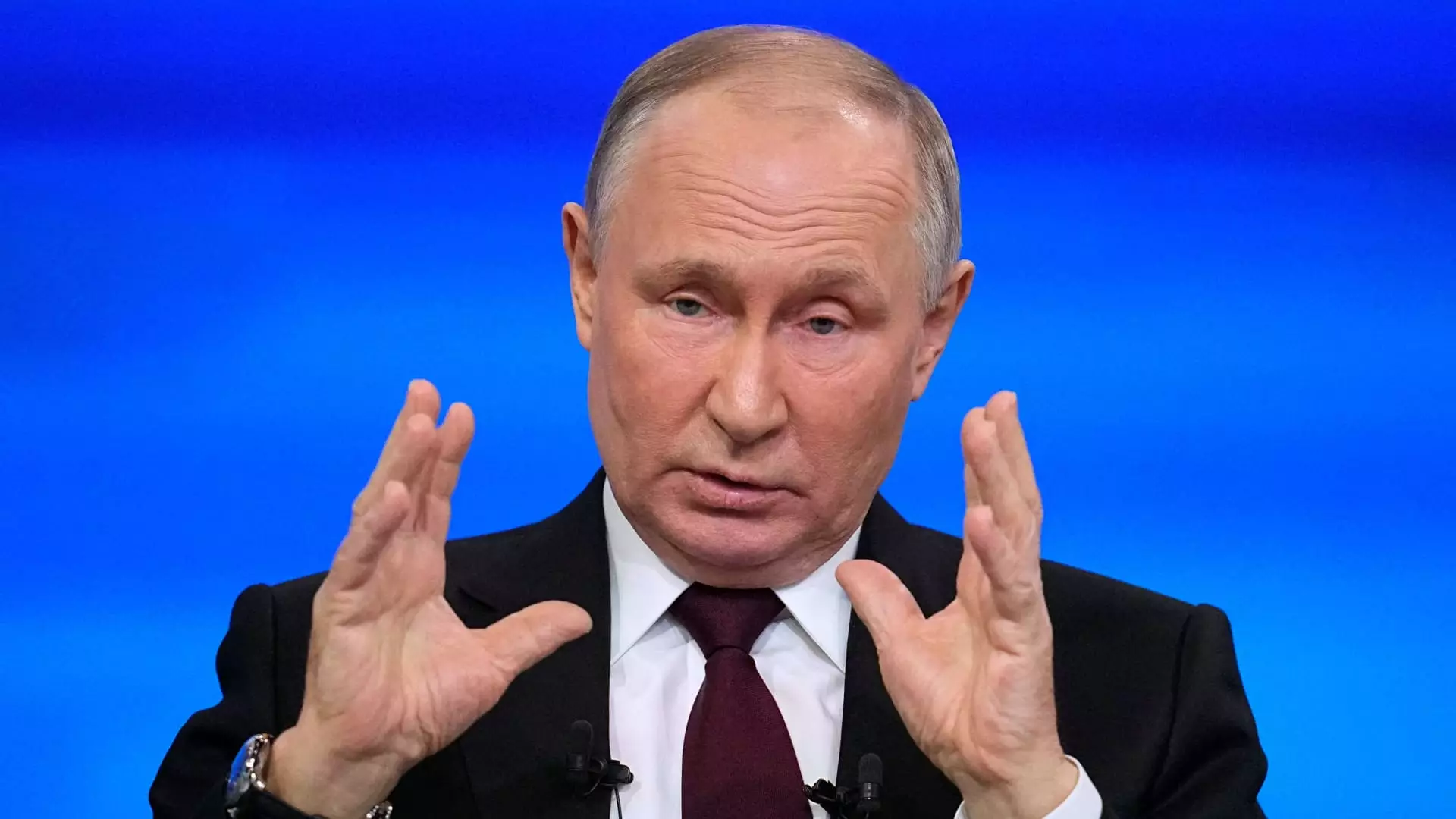Russia and Ukraine have engaged in a series of drone attacks against each other’s territories, marking a dangerous escalation in their ongoing conflict. Both countries have reported multiple incidents of drones being shot down and strategic targets being attacked. This article examines the recent developments in the conflict, the impact of the drone attacks, and the potential ramifications for the region.
Drone Attacks and Targeted Locations
Sunday marked the second consecutive day of mass drone attacks between Russia and Ukraine. The Russian Defense Ministry revealed that at least 35 Ukrainian drones were shot down overnight in southwestern Russia. Notably, one of the attacks targeted a Russian military airport, which houses bomber aircraft used in the war in Ukraine.
According to reports from a Russian Telegram channel critical of the Kremlin, short videos were posted, showing drones flying over residential areas in Morozovsk, a Russian town where the air base is located. Although the governor of Russia’s Rostov province, Vasily Golubev confirmed “mass drone strikes” near Morozovsk and another nearby town, he did not mention the specific damage caused.
On the other side, Ukraine’s air force claimed to have shot down 20 Iranian-made Shahed drones and intercepted an X-59 cruise missile launched by Russian troops. Tragically, a civilian lost their life when a destroyed drone fell on their house in Odesa, a key port on Ukraine’s southern Black Sea coast.
The recent surge in drone attacks reflects the growing desperation and desire of both sides to demonstrate their effectiveness in the ongoing conflict, as it approaches its two-year mark. Despite the Ukrainian counteroffensive that began in June, neither Russia nor Ukraine has made significant territorial gains.
The Russian shelling on Sunday resulted in casualties, including the death of an 81-year-old man in central Kherson, a city previously recaptured by Ukrainian forces. The situation remains tense, with both Ukrainian and Russian forces exchanging fire near Terebreno, a Russian village close to the Ukrainian border.
As the conflict intensifies, civilian lives continue to be tragically affected. Reports indicate a 69-year-old woman in a Ukrainian border village was killed when a Russian shell struck her home, although the exact connection to the clashes remains unclear. Additionally, a Ukrainian border force official released a video statement claiming that multiple Russian “sabotage and reconnaissance” operatives had crossed into Ukraine’s northern regions but had been pushed back.
It is worth noting that cross-border raids into Russian territory from Ukraine are rare, with the Russian military reporting the killing of over 70 attackers in May, whom they described as Ukrainian military saboteurs. Ukraine, however, portrayed the incident as an uprising against the Kremlin by Russian partisans.
Ukraine’s foreign minister, Dmytro Kuleba, expressed gratitude for Germany’s evolving approach towards Ukraine’s aspirations for membership in the European Union (EU). Chancellor Olaf Scholz played a pivotal role in the EU’s recent decision to open membership talks with Kyiv, which had faced opposition from Hungary’s Prime Minister Viktor Orbán. Scholz’s proposal at an EU summit to exclude Orbán and enable the launch of accession talks was hailed by the Ukrainian government as a significant shift in Berlin’s approach.
Long-Term Goals and Uncertainty
While Ukraine has long advocated for EU and NATO membership, the recent decision by the EU to initiate accelerated negotiations provides a boost for Kyiv. However, the path to membership will likely be protracted, with no clear timeline set by NATO. In contrast, Russia’s response to Finland’s acceptance into NATO in April was hostile, with President Vladimir Putin vowing to strengthen military units near the Russian-Finnish border.
As the conflict between Russia and Ukraine escalates, the use of drones and targeted attacks creates an even more volatile situation. The impact on civilians, strained diplomatic ties, and an uncertain future for the region increase the urgency for a peaceful resolution to this long-standing conflict.

Leave a Reply